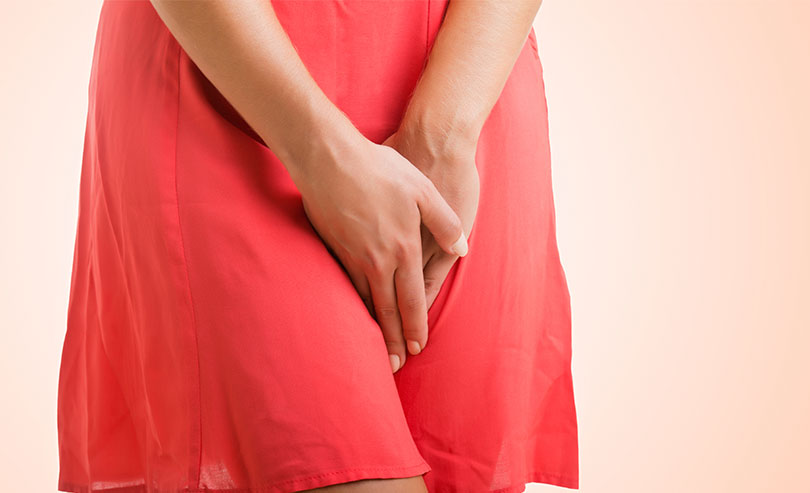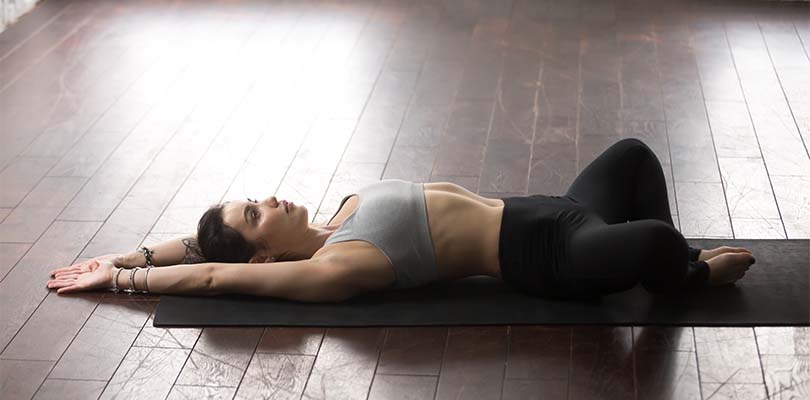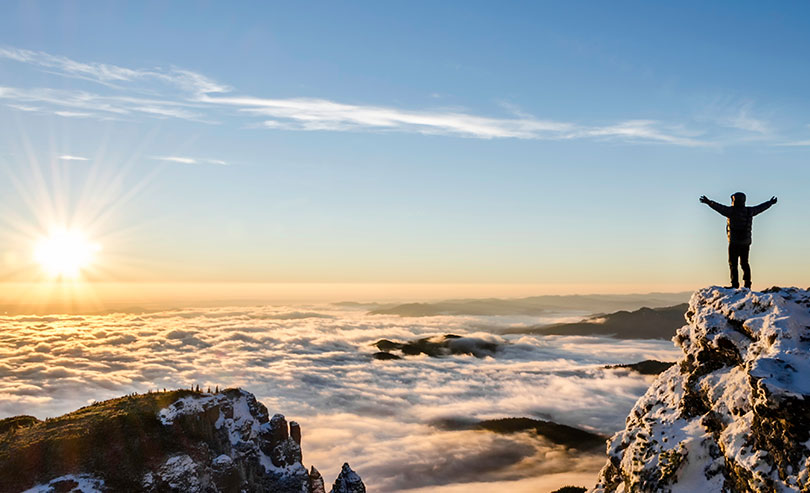
Photo Credit: jes2ufoto / istockphoto.com
6. Botox
Although it’s commonly used for superficial purposes, Botox is a handy muscle relaxer for a variety of conditions, including OAB. By injecting this compound right into the bladder, many patients will experience fewer uncomfortable contractions and a better bladder capacity for up to a year after the injection.
However, Botox isn’t without its dangers: some people will find that they retain urine too much after the procedure, and that can come with pain and complications, like urinary tract infections. For these reasons, Botox for overactive bladder is only considered as a second-line of defense, and only for certain OAB sufferers.
It’s important to get these symptoms of overactive bladder checked out as soon as you can, they can usually be easily treated.







